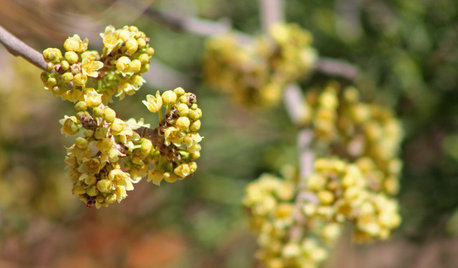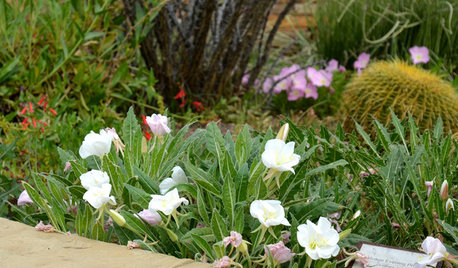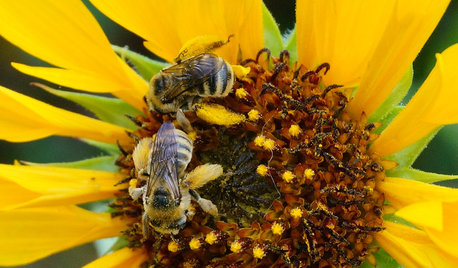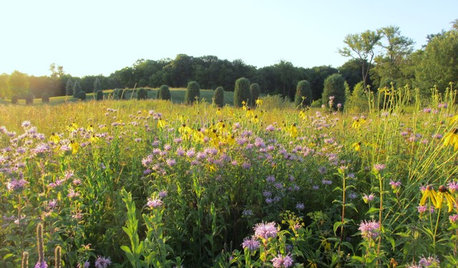What is the progeny of an F1 that is open pollinated?
sambal
16 years ago
Related Stories

GARDENING GUIDESYou Don't Need Prairie to Help Pollinators
Woodlands, marshes, deserts — pollinators are everywhere
Full Story
FLOWERS AND PLANTSHelp Monarchs and Other Butterflies by Planting Common Milkweed
Summer-blooming Asclepias syriaca is an important larval host plant for the monarch butterfly and attracts a number of pollinating insects
Full Story
GARDENING GUIDESGreat Design Plants: Rhus Trilobata
Plant skunkbush sumac for its brilliant fall color, and tiny late-winter flowers that provide food for pollinators
Full Story
FLOWERS AND PLANTSTufted Evening Primrose Shines at Night
Oenothera caespitosa waits until the sun is ready to set before unfurling its large white petals that draw visitors and evening pollinators
Full Story
GARDENING GUIDESInvite Mining Bees to Your Garden by Planting Their Favorite Plants
Look for mining bees (Andrena) pollinating woodland wildflowers in U.S. gardens this spring
Full Story
EARTH DAY12 Entertaining ‘Bee-haviors’ of Native Bees
The parade of pollinator antics is another reason to create a garden that nurtures native bees
Full Story
FARM YOUR YARDHello, Honey: Beekeeping Anywhere for Fun, Food and Good Deeds
We need pollinators, and they increasingly need us too. Here, why and how to be a bee friend
Full Story
GARDENING GUIDESGreat Design Plant: Asclepias Incarnata for a Butterfly Garden
Beautiful swamp milkweed makes it easy to help monarchs and other pollinators in eastern U.S. gardens
Full Story
GARDENING GUIDESAttract Hummingbirds and Bees With These Beautiful Summer Flowers
Roll out a welcome mat for pollinators to keep your landscape in balance and thriving
Full Story
GARDENING GUIDESWhat Prairies Teach Us About Garden Design
Wild spaces offer lessons for home gardeners about plants, pollinators and the passage of time
Full Story





maineman
sambalOriginal Author
Related Professionals
Middle Island Landscape Architects & Landscape Designers · Paradise Landscape Architects & Landscape Designers · East Patchogue Landscape Architects & Landscape Designers · Cliffside Park Landscape Contractors · Florham Park Landscape Contractors · Fort Wayne Landscape Contractors · New Providence Landscape Contractors · Paso Robles Landscape Contractors · Rancho Santa Margarita Landscape Contractors · North Aurora Landscape Contractors · Cordele Carpenters · Franconia Carpenters · Nampa Carpenters · Sugar Land Carpenters · Sacramento Fence Contractorsmaineman
davemichigan
maineman
davemichigan
maineman